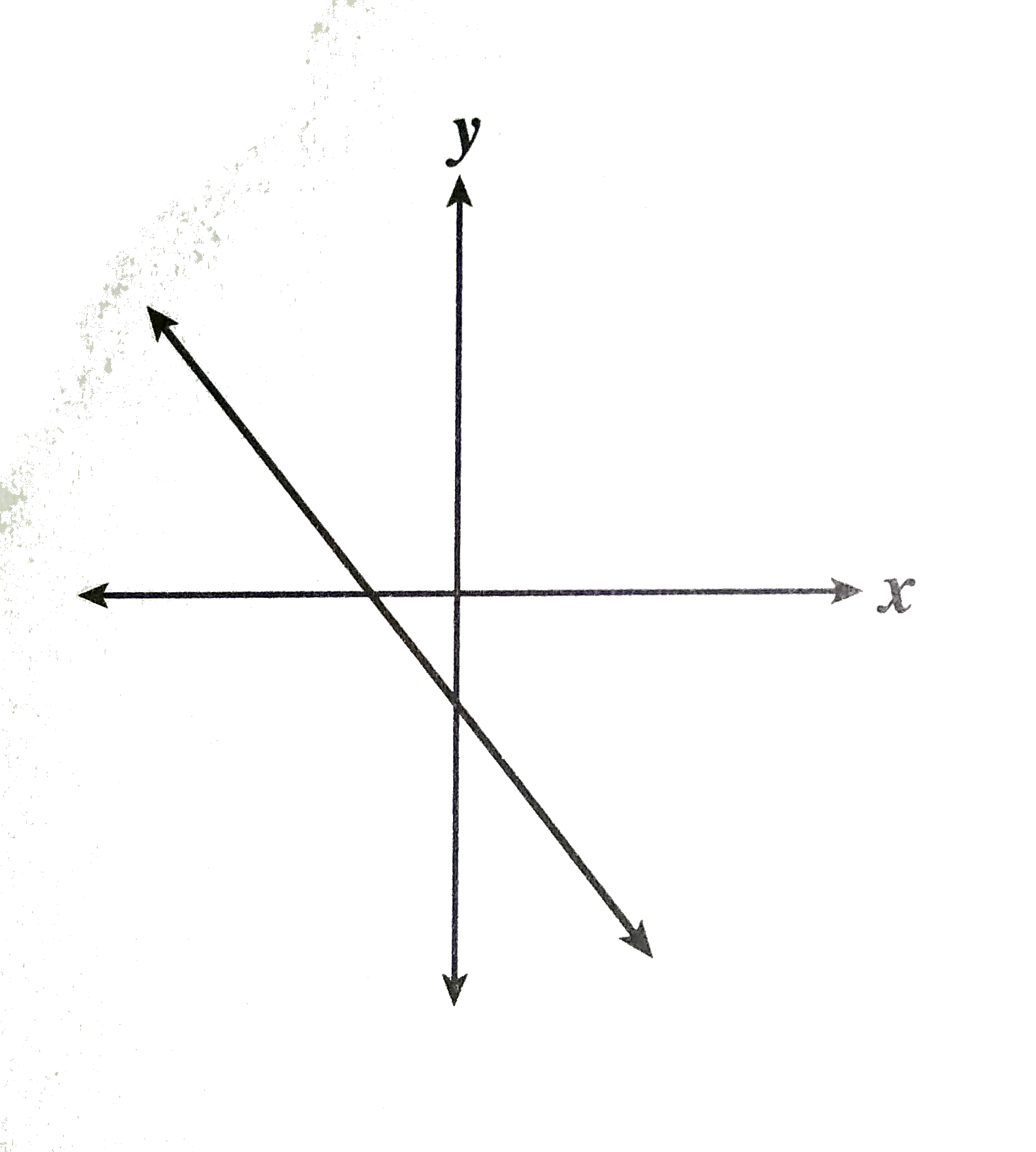The reaction which is taking place in nickel cadmium battery can be represented by which of the following equations?
Cd+NiO2+2H2O→Cd(OH)2+Ni(OH)2
Cd+NiO2+2OH−→Ni+Cd(OH)2
Ni+Cd(OH)2→Cd→Ni(OH)2
Ni(OH)2+Cd(OH)2→Ni+Cd+2H2O
The correct Answer is:A
To determine the reaction taking place in a nickel-cadmium battery, we can break it down into the anode and cathode reactions and then combine them to find the overall reaction.
1. Identify the Anode Reaction:
- In a nickel-cadmium battery, the anode reaction involves cadmium (Cd) and hydroxide ions (OH⁻).
- The anode reaction can be written as:
Cd (s)+2OH−→Cd(OH)2(s)+2e−
2. Identify the Cathode Reaction:
- The cathode reaction involves nickel oxide or nickel peroxide (NiO or NiO₂) and water (H₂O).
- The cathode reaction can be written as:
NiO2(s)+2H2O+2e−→Ni(OH)2(s)+2OH−
3. Combine the Anode and Cathode Reactions:
- To find the overall reaction, we add the anode and cathode reactions together.
- The electrons cancel out, leading to the overall reaction:
Cd (s)+NiO2(s)+2H2O(l)→Cd(OH)2(s)+Ni(OH)2(s)
4. Identify the Correct Option:
- From the overall reaction derived, we can see that the correct representation of the reaction taking place in a nickel-cadmium battery is:
Cd (s)+NiO2(s)+2H2O(l)→Cd(OH)2(s)+Ni(OH)2(s)
- Therefore, the correct option is option A, which states:
Cd+NiO2+2H2O→Cd(OH)2+Ni(OH)2
- In a nickel-cadmium battery, the anode reaction involves cadmium (Cd) and hydroxide ions (OH⁻).
- The anode reaction can be written as:
Cd (s)+2OH−→Cd(OH)2(s)+2e−
- The cathode reaction involves nickel oxide or nickel peroxide (NiO or NiO₂) and water (H₂O).
- The cathode reaction can be written as:
NiO2(s)+2H2O+2e−→Ni(OH)2(s)+2OH−
- To find the overall reaction, we add the anode and cathode reactions together.
- The electrons cancel out, leading to the overall reaction:
Cd (s)+NiO2(s)+2H2O(l)→Cd(OH)2(s)+Ni(OH)2(s)
- From the overall reaction derived, we can see that the correct representation of the reaction taking place in a nickel-cadmium battery is:
Cd (s)+NiO2(s)+2H2O(l)→Cd(OH)2(s)+Ni(OH)2(s)
- Therefore, the correct option is option A, which states:
Cd+NiO2+2H2O→Cd(OH)2+Ni(OH)2
Topper's Solved these Questions
- ELECTROCHEMISTRYBook:NCERT FINGERTPS ENGLISHChapter:ELECTROCHEMISTRYExercise:HOTS
Explore 10 Videos
- ELECTROCHEMISTRYBook:NCERT FINGERTPS ENGLISHChapter:ELECTROCHEMISTRYExercise:EXEMPLAR PROBLEMS
Explore 17 Videos
- COORDINATION COMPOUNDS Book:NCERT FINGERTPS ENGLISHChapter:COORDINATION COMPOUNDS Exercise:Assertion And Reason
Explore 15 Videos
- GENERAL PRINCIPLES AND PROCESSES OF ISOLATION OF ELEMENTSBook:NCERT FINGERTPS ENGLISHChapter:GENERAL PRINCIPLES AND PROCESSES OF ISOLATION OF ELEMENTSExercise:Assertion And Reason
Explore 15 Videos
Similar Questions
Knowledge Check

The graph shown represents which of the following equations ?Ay=−3x+4By=−13x+4Cy=13x−4Dy=3x−4Which of the following reactions does not take place?
AC2H5Br+KNO2→C2H5−O−N=O+KBrB CC2H5Br+AgCN→C2H5NC+AgBrDC2H5Br+KCN→C2H5NC+KBr
CC2H5Br+AgCN→C2H5NC+AgBrDC2H5Br+KCN→C2H5NC+KBr
Which of the following equations represent S.H.M. ?
View SolutionCoupling reaction between RMgX and R'X takes place to give R−R' in the presence of which of the following reagents ?
View SolutionWhich of the following represents redox reactions?
View SolutionWhich of the following reaction does not take place ?
View SolutionWhich of the following reactions does not take place?
View SolutionWhich of the following reactions does not take place?
View Solution


